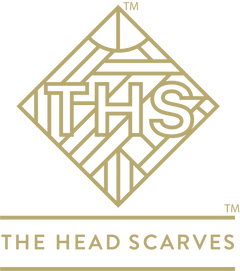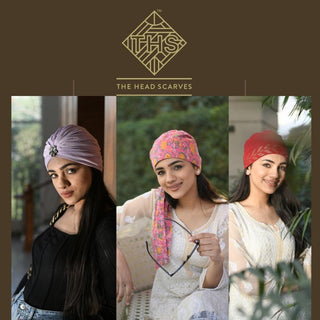Hats, caps, beanies, turbans, headbands, and various other head coverings offer protection from the elements, such as the sun or cold, while also making a fashion statement or expressing one's identity.

They can represent cultural or religious affiliations, symbolize social status, or simply add flair to an outfit. From the timeless elegance of a wide-brimmed hat to the casual charm of a baseball cap, headwear plays a significant role in enhancing personal style and adding character to any ensemble.
It serves multiple purposes, including protection, fashion, religious or cultural significance, and identification. Headwear comes in various forms, such as hats, caps, turbans, helmets, veils, and more. Hats and caps, for example, are popular fashion accessories that can enhance an individual's style and provide protection from the elements, such as the sun or cold weather.

Turbans, on the other hand, hold religious or cultural significance for many communities, representing tradition, modesty, or spirituality. Headwear has evolved over time to reflect different cultures, trends, and needs, making it a versatile and significant aspect of human attire.
Here are some examples:
Hat: A hat is a broad term that encompasses various headwear styles. Some common types of hats include baseball caps, fedoras, sun hats, beanies, berets, bucket hats, top hats, and cowboy hats.

Cap: A cap typically refers to a close-fitting, brimless head covering with a visor at the front. Caps come in different styles such as baseball caps, snapbacks, trucker caps, flat caps, and dad caps.

Turban: A turban is a type of headwear often worn by people from various cultures, including Sikhs, Muslims, and some South Asian communities. It consists of a long piece of fabric wrapped around the head to form a specific shape.

Headscarf: A headscarf is a scarf or piece of fabric worn over the head. It can be used for religious, cultural, or fashion purposes. Different cultures have specific styles of headscarves, such as hijabs worn by some Muslim women.

A headscarf is a scarf or cloth worn to cover the head, typically tied under the chin or at the back of the head. It can come in various colors, patterns, and fabrics.
Headband: A headband is a band worn around the head, typically made of fabric, plastic, or metal. It can be used to keep hair away from the face or as a fashion accessory. Headbands come in various widths, styles, and embellishments.

Tiara: A tiara is a jeweled, ornamental headpiece worn by women, especially on formal or ceremonial occasions. It is often associated with royalty or bridal wear.

Crown: A crown is a symbolic headpiece worn by monarchs, kings, queens, or other high-ranking individuals to signify authority or sovereignty. Crowns are typically made of precious metals, adorned with jewels, and have a distinctive design.

Fascinator: A fascinator is a decorative headpiece often worn at formal events, weddings, or horse races. It is typically attached to a headband or hair clip and features feathers, flowers, ribbons, or other embellishments.

These are just a few examples of the many headwear styles that exist. The choice of headwear often depends on personal preference, cultural traditions, fashion trends, or specific functional requirements.

